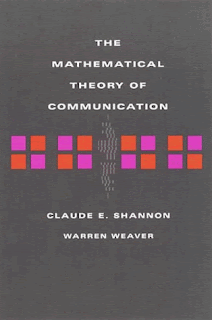The Master in Zen is not a master over others, but a master of himself - and this self-mastery is reflected in his every gesture and his every word. He is not a teacher with a doctrine to impart, nor a supernatural messenger with a direct line to God, but simply one who has become a living example of the highest potential that lies within each and every human being. In the eyes of the Master, a disciple finds his own truth reflected. In the silence of the Master's presence, the disciple can fall more easily into the silence of his own being. The community of seekers that arises around a Master becomes an energy field that supports each unique individual in finding his or her own inner light. Once that light is found, the disciple comes to understand that the outer Master was just a catalyst, a device to provoke the awakening of the inner.
Beyond mind, there is an awareness that is intrinsic, that is not given to you by the outside, and is not an idea -- and there is no experiment up to now that has found any center in the brain which corresponds to awareness. The whole work of meditation is to make you aware of all that is "mind" and disidentify yourself from it. That very separation is the greatest revolution that can happen to man.
Now you can do and act on only that which makes you more joyous, fulfills you, gives you contentment, makes your life a work of art, a beauty. But this is possible only if the master in you is awake. Right now the master is fast asleep. And the mind, the servant, is playing the role of master. And the servant is created by the outside world, it follows the outside world and its laws.
Once your awareness becomes a flame, it burns up the whole slavery that the mind has created. There is no blissfulness more precious than freedom, than being a master of your own destiny.
Beyond mind, there is an awareness that is intrinsic, that is not given to you by the outside, and is not an idea -- and there is no experiment up to now that has found any center in the brain which corresponds to awareness. The whole work of meditation is to make you aware of all that is "mind" and disidentify yourself from it. That very separation is the greatest revolution that can happen to man.
Now you can do and act on only that which makes you more joyous, fulfills you, gives you contentment, makes your life a work of art, a beauty. But this is possible only if the master in you is awake. Right now the master is fast asleep. And the mind, the servant, is playing the role of master. And the servant is created by the outside world, it follows the outside world and its laws.
Once your awareness becomes a flame, it burns up the whole slavery that the mind has created. There is no blissfulness more precious than freedom, than being a master of your own destiny.







































